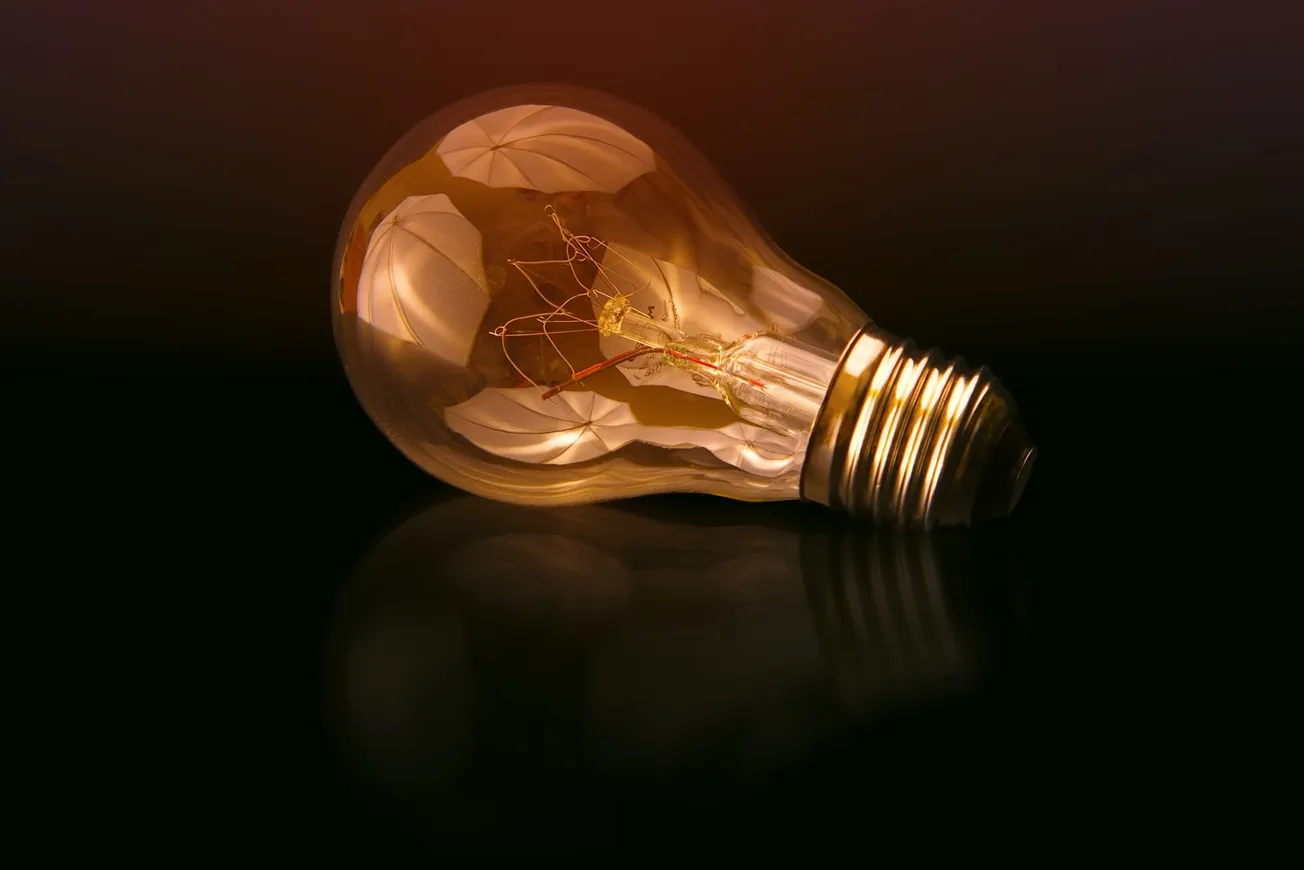If only insanity was an energy source, we’d be living in abundance forever. Insanity is, as the saying goes, doing the same thing over and over and expecting different results.
The loons spruiking “Net Zero” are barking mad.
Every time there is a mass power outage, due to failures caused by “Net Zero” policies, the gibbering nutcases only hoot and hork that it just proves we need more “Net Zero”.
These people are certifiable.
Case in point: Victoria.
It goes without saying that Australia’s wokest state is, as a result, its looniest. But, as much of the state remains blacked out, possibly for weeks (something they’ve been repeatedly warned was imminent), the screeching bedlam from the “Net Zero” crazies is reaching fever pitch.
Victoria’s energy security will remain dependent on one of the least reliable generators on the east-coast grid for another decade.
Energy analysts are warning that a heavy reliance on the largest remaining coal-fired power plant – Loy Yang A – has left the state increasingly vulnerable to blackouts caused by unexpected outages […]
According to the AEMO, outages at Loy Yang A resulted in the loss of 312 megawatts of energy during the final three months of last year, down from 457 megawatts during the same three months of 2022.
Which begs the question: Why is Victoria so heavily reliant on a single, coal-fired generator? And why is it so old and unreliable?
The answer to both those questions is “Net Zero” policy – just don’t rely on anyone coming straight out and saying it.
Firstly, Victoria, like other Australian states, has relentlessly shut down its coal-fired power generators, either directly (such as when it closed Hazelwood power station in 2017), or passively, through neglect and by legislating to make the coal-fired generation business so unfeasible that most investors have simply walked away. As a result, the remaining coal generators are falling apart.
The theory is that ‘renewables’ are stepping up to replace them.
Except…
The problem is, the state government cannot afford to let Loy Yang A close prematurely. Even after factoring in the slew of existing and committed energy projects in the pipeline, AEMO modelling has suggested Victoria could face power reliability gaps as early as 2024, with more serious breaches possible from 2028 onwards.
The Age
In other words, the ‘renewables’ just aren’t up to the task – and won’t be.
Even after Loy Yang, the single biggest supplier of the state’s energy, went offline on Tuesday, it wasn’t ‘renewables’ keeping what lights were still on burning. Most of the state’s wind generation was also offline, due to the high winds, while solar generation was also out due to dust and cloud cover. (Strong, hot winds and dust in high summer in Australia? Whoever heard of such a thing?) As a result, more than half of what power was left to the state was still being generated by coal and gas.
Yet, the Victorian government is determined to shut down the gas industry as well as coal.
And thousands of Victorians are getting an object lesson in the reality of “Net Zero”.
Tens of thousands of Victorians were still without mobile coverage on Wednesday afternoon, with 41 communities across the northeast and Gippsland – including Bright, Kilmore, Flowerdale, King Valley, Bonnie Doon, Avenel and Mallacoota – unable to even call triple-0.
Of households without power, 3104 were classified as “power dependent”, meaning they required electricity for life support or other medical reasons.
Well, I guess they’re up the proverbial creek without a hydro generator.
Victorian Chamber of Commerce and Industry chief Paul Guerra said business was starting to question whether Victoria was “the place to be”, referring to the state’s gas substitution road map, which aims to encourage as many residential users as possible to move from gas to electricity, with significant unintended consequences for those who remain on the gas network, including large commercial users.
But if you think they’re getting the message, think again. Even supposed hard-headed business types are persisting with the “Net Zero” derangement.
“Everybody’s supportive of the move to net zero by 2035 … The question comes in: can we do it, to get reliable energy at the right price for businesses?”
The Australian
So, “everybody’s supportive” of it, but they don’t want to face the reality of it.
Somebody lock these nutcases up.









